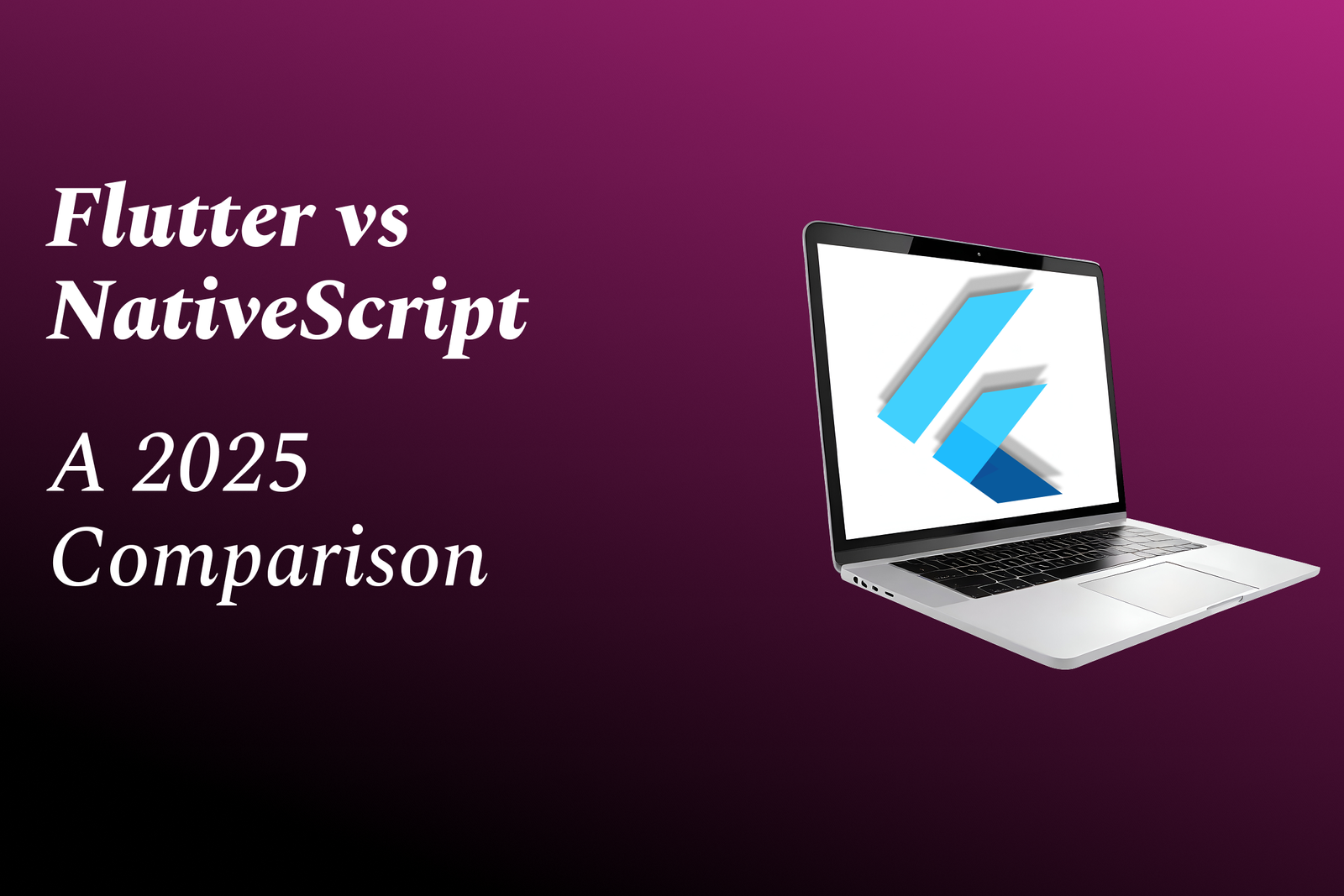Flutter Coding Standards Compliance Strategies
Strategies for Ensuring Flutter Coding Standards Compliance
Flutter Coding Standards Compliance Strategies
Flutter coding standards compliance strategies involve a combination of best practices, tools, and community guidelines to ensure code quality, consistency, and maintainability in Flutter applications. Developers can adhere to the official Dart language style guide, which emphasizes readability and simplicity, and implement linting tools such as the Dart Analyzer to enforce coding standards and catch potential issues early. Utilizing consistent naming conventions, effective use of widgets, and structuring files and directories logically are essential practices. Additionally, incorporating unit tests and following the principles of clean architecture can greatly enhance code quality. Engaging in code reviews, leveraging automated formatting tools like `dartfmt` for uniform code style, and participating in community discussions further solidify adherence to coding standards, leading to improved collaboration and higher quality software.
To Download Our Brochure: https://www.justacademy.co/download-brochure-for-free
Message us for more information: +91 9987184296
1 - Code Consistency: Maintain consistent coding conventions such as naming conventions (camelCase for variables and methods), and PascalCase for classes. This makes the code more readable and maintainable.
2) Use of Dart Analysis: Leverage the built in Dart analysis tool to identify potential issues and enforce coding standards. It provides linting capabilities that help maintain code quality.
3) Adhering to Material Design: Follow Flutter's Material Design guidelines for UI components to ensure a consistent look and feel across the app, enhancing user experience.
4) Widget Composition: Encourage the use of small, reusable widgets over large ones. This not only promotes code reusability but also adheres to the Single Responsibility Principle.
5) State Management: Discuss different state management solutions (Provider, Riverpod, Bloc, etc.) and enforce the best practices for managing the application state.
6) Commenting and Documentation: Teach students the importance of appropriate commenting and documentation. Encourage writing clear comments and using Dart's documentation style for public APIs.
7) Testing Standards: Stress the importance of unit testing and widget testing. Introduce tools like Flutter's testing framework to ensure code reliability and maintainability.
8) Error Handling: Institute strategies for effective error handling and logging within the app. Discuss the importance of user friendly error messages and bug reporting.
9) Code Review Practices: Encourage a culture of code reviews within teams, where developers can provide constructive feedback based on established coding standards.
10) Version Control Best Practices: Teach the use of Git for version control, emphasizing the importance of clear commit messages and regular commits to track changes effectively.
11) Responsiveness and Adaptability: Foster the creation of responsive UIs that adapt to different screen sizes and orientations, maintaining usability across devices.
12) Performance Optimization: Introduce techniques for optimizing performance, such as minimizing widget rebuilds, efficient use of images, and using `const` constructors where applicable.
13) Accessibility Compliance: Educate about making apps accessible by adhering to accessibility standards (like WCAG), such as providing semantic labels and ensuring sufficient color contrast.
14) Avoiding Magic Numbers: Discuss the importance of avoiding magic numbers in the code. Instead, encourage the use of constants and enums for better clarity.
15) Keeping Dependencies Updated: Emphasize the importance of keeping packages and dependencies updated to benefit from performance improvements, bug fixes, and new features.
16) Environment Specific Configuration: Teach how to manage different configurations (like development, testing, production) using environment variables or different build flavors.
17) Separation of Concerns: Promote the separation of UI code from business logic, possibly using the MVVM or MVC architectural patterns to keep the code organized.
18) Training and Onboarding: Regularly update coding standards and provide training sessions for new and existing members to ensure everyone stays aligned with best practices.
Integrating these strategies into a training program will provide students with a comprehensive understanding of Flutter coding standards and best practices, setting them up for success in their development endeavors.
Browse our course links : https://www.justacademy.co/all-courses
To Join our FREE DEMO Session: Click Here
Contact Us for more info:
full stack web development course in kolkata
Flutter Mobile Application Support
iOS Training in Nagda
Object-Oriented Programming
scrum master certification training in hyderabad











